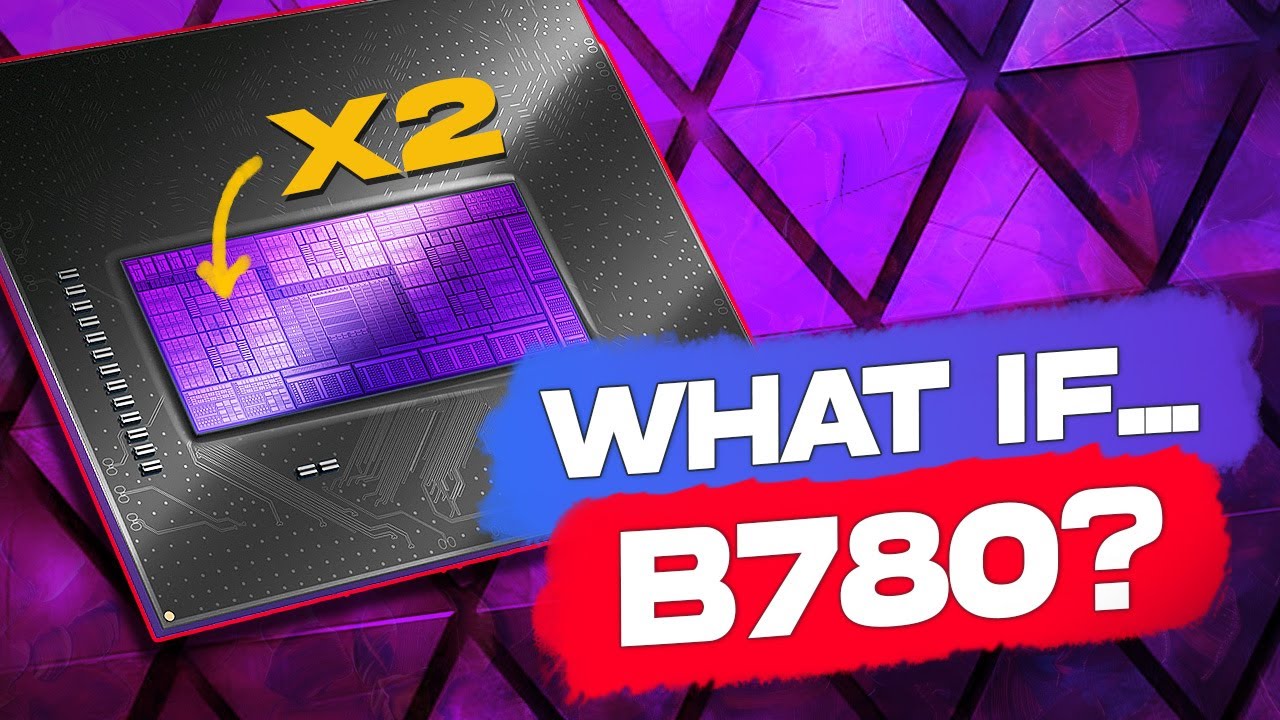Intel has launched its budget-friendly desktop gaming GPUs, the B580 and B570, with the B580 priced at $250 featuring 12 GB of VRAM, optimized for 1440p gaming, and competitive performance against AMD and Nvidia alternatives. Speculation surrounds future models like the B770 and B780, which may offer increased core counts and further enhance Intel’s market presence by undercutting competitors on price while delivering strong performance.
Intel has recently launched its next-generation desktop gaming GPUs, codenamed Battle Mage, starting with the B580 and B570 models. These budget-friendly GPUs aim to provide significant value in the sub-$300 market segment, prompting speculation about the potential performance of future models like the B770 and B780. The B580, priced at $250, is particularly noteworthy for its 12 GB of VRAM, making it a strong contender for 1440p gaming, while the B570, priced at $220, is geared more towards content creators with its media acceleration features.
The architecture of the B580 and B570 utilizes a G21 die with five slices, optimized for performance. The B580 features a clock speed of up to 2,670 MHz with 20 cores, a shift from the previous generation’s higher core count but lower clock speeds. This design focuses on improving gaming performance, with fixed-function units for ray tracing and video encoding. The GPUs also utilize faster GDDR6 memory, which enhances their performance at 1440p resolution, although the memory interface is limited to 192 bits.
Intel’s pricing strategy for these GPUs is aggressive, potentially selling them at a loss to gain market share and developer support. The B580’s performance is reported to be competitive, outperforming previous generation models like the A770 and approaching the performance of the RTX 4060 Ti. This positions the B580 as a strong value option compared to AMD and Nvidia alternatives, which are generally more expensive and offer less performance for the price.
The B570, while not primarily aimed at gamers, offers significant advantages for content creators with its hardware acceleration for video encoding and dual encoders. It is designed to be a versatile option for those who need media processing capabilities alongside decent gaming performance. The inclusion of HDMI 2.1 and DisplayPort 2.1 makes these GPUs suitable for high-refresh-rate displays, further enhancing their appeal for media center setups.
Looking ahead, there is speculation about the potential performance of the B770 and B780 models, with expectations of increased core counts and improved performance metrics. The B770 could feature 32 cores, while the B780 might push up to 40 cores, potentially competing with higher-end GPUs from AMD and Nvidia. Intel’s strategy appears to focus on undercutting competitors on price while delivering competitive performance, which could disrupt the current GPU market dynamics and encourage AMD to enhance its offerings in response.
